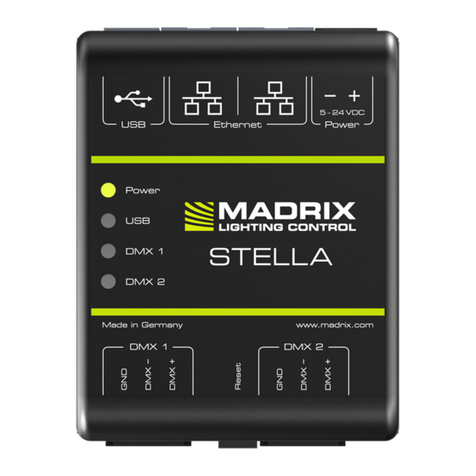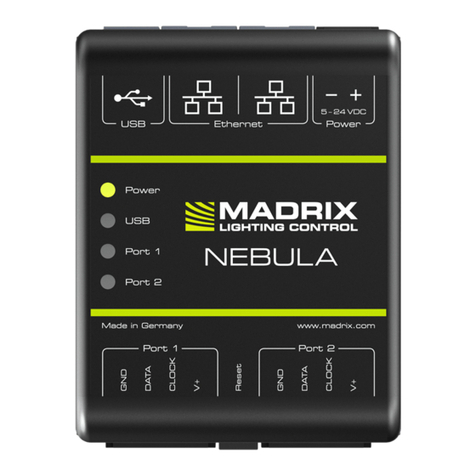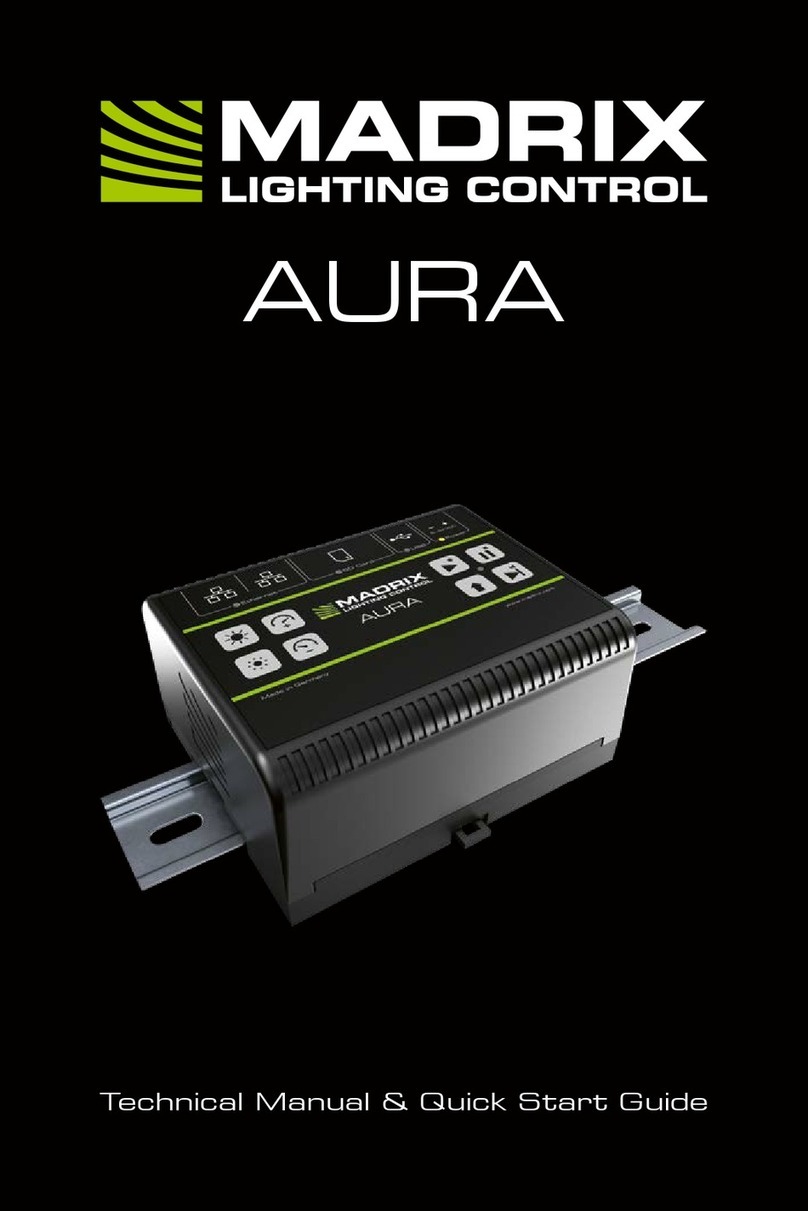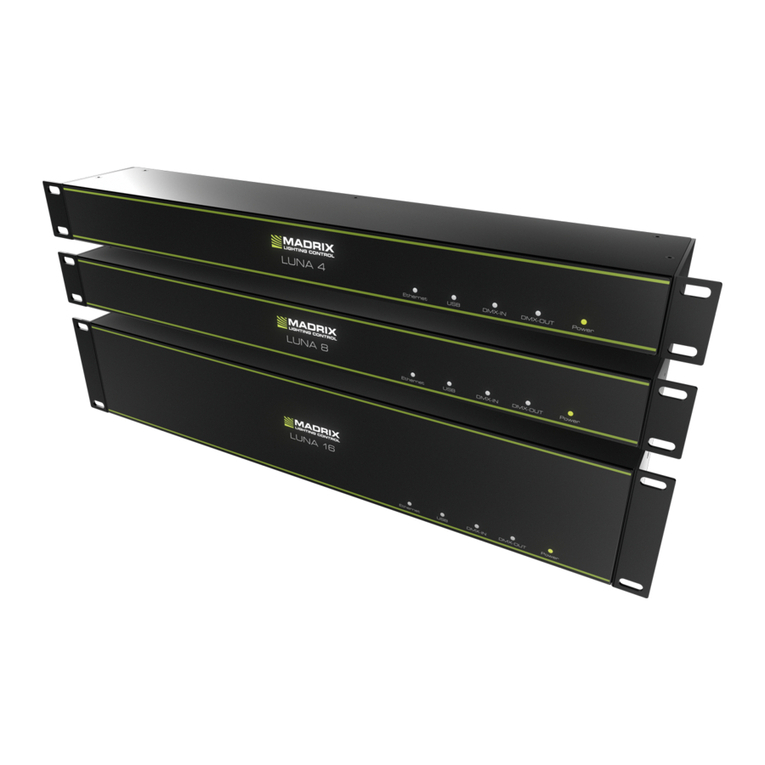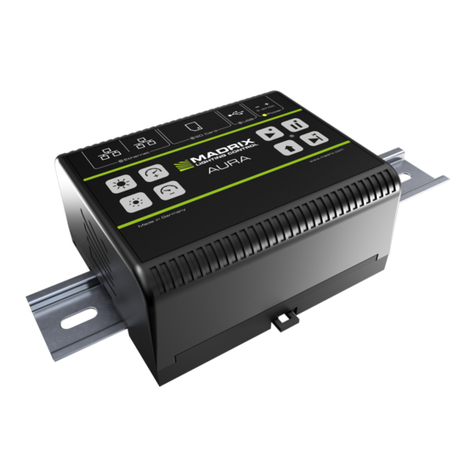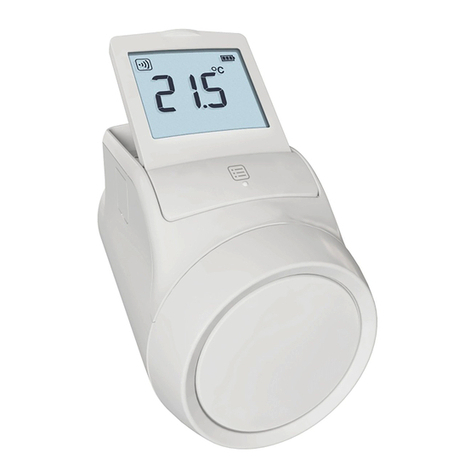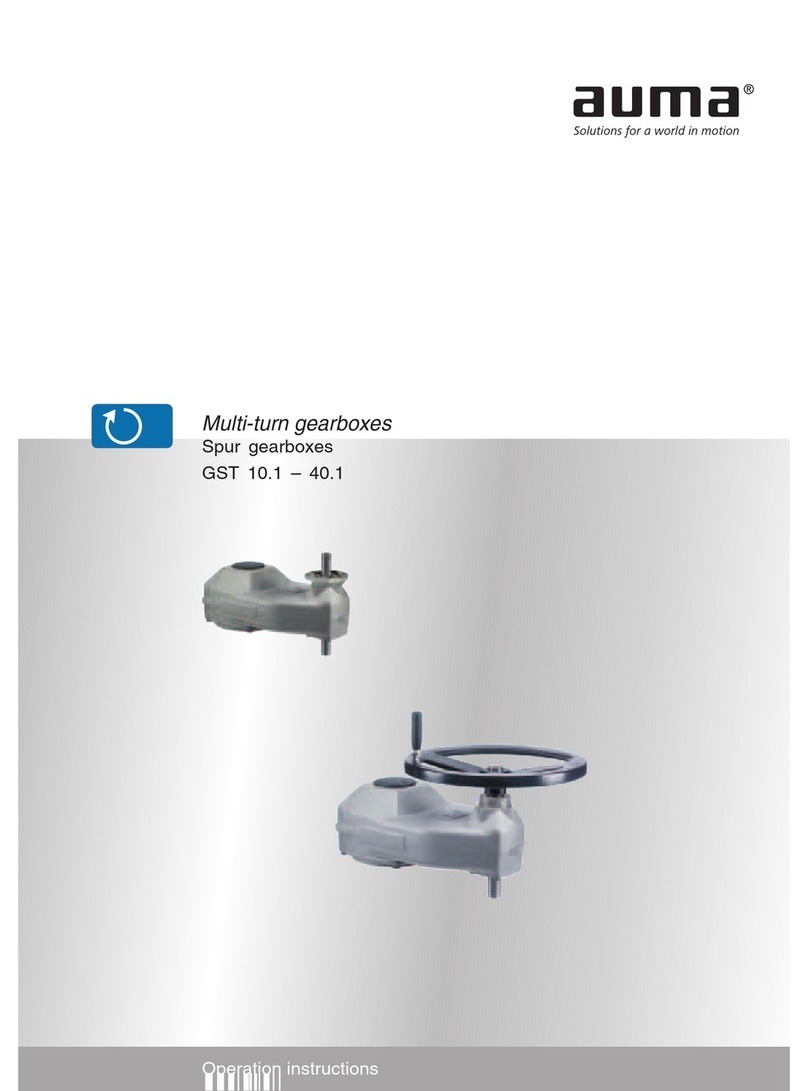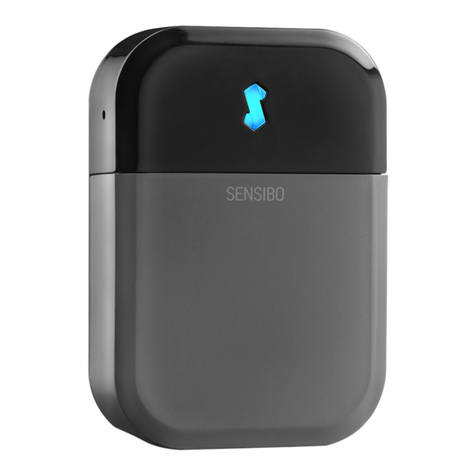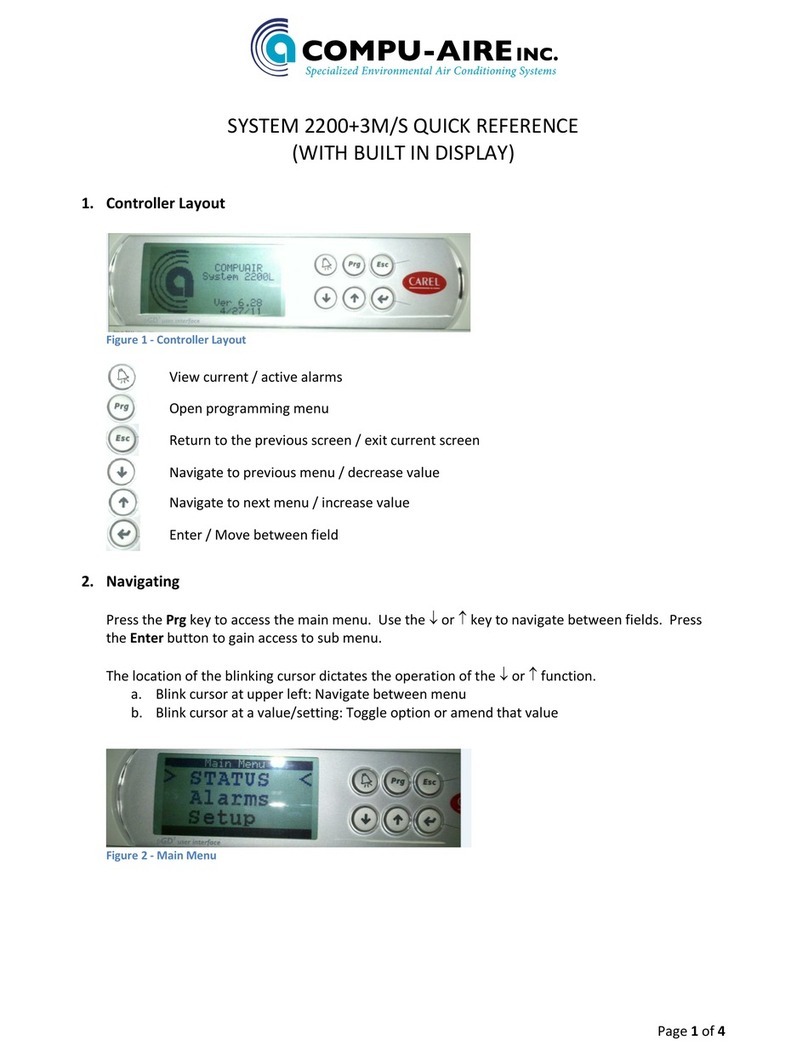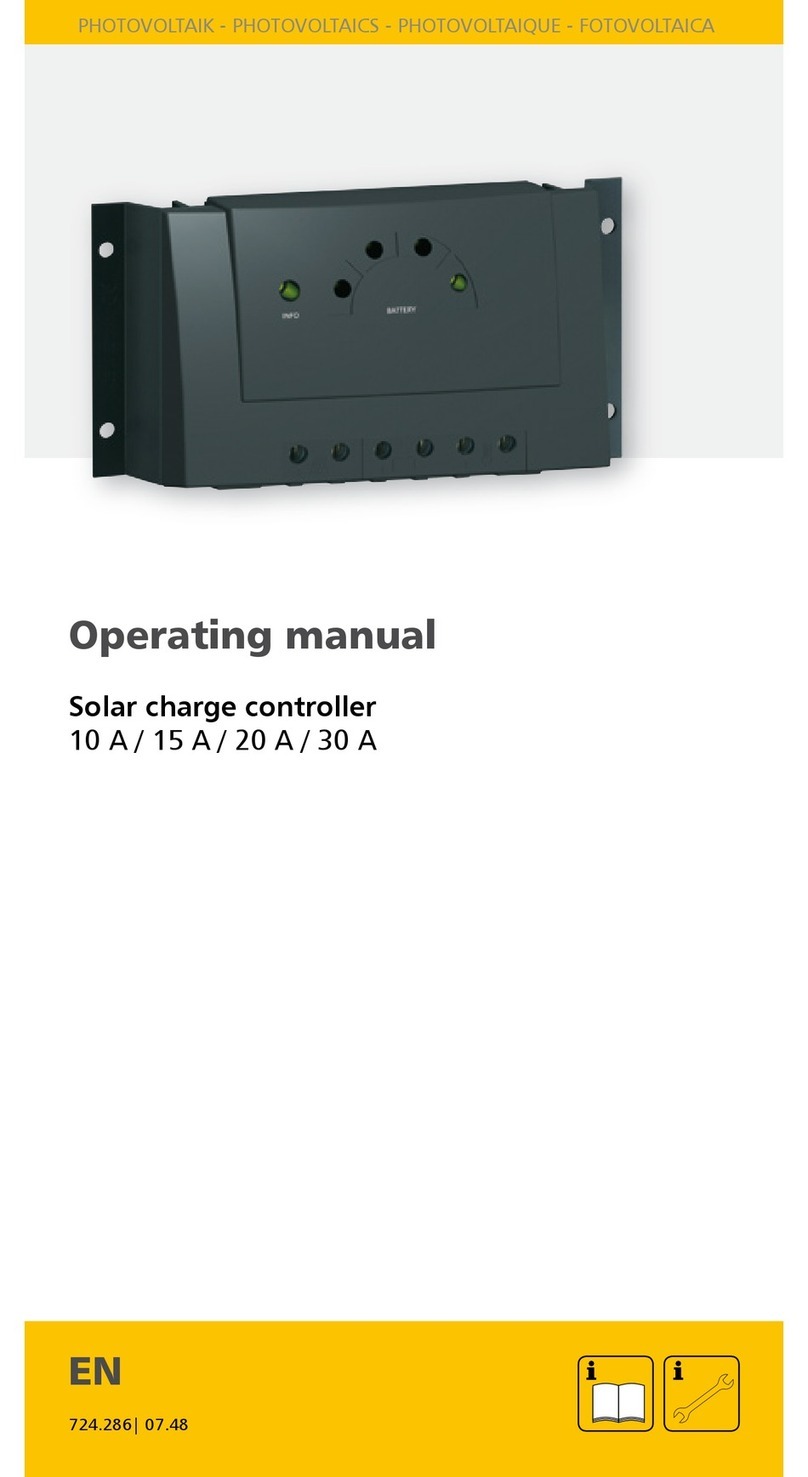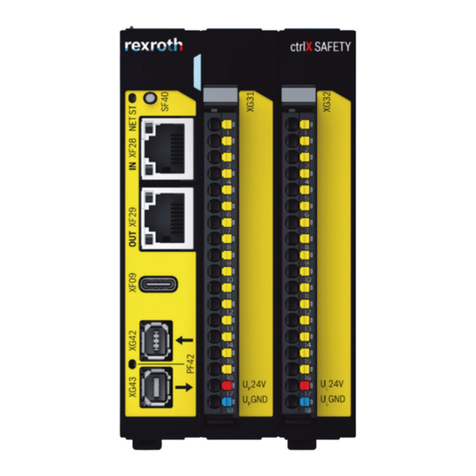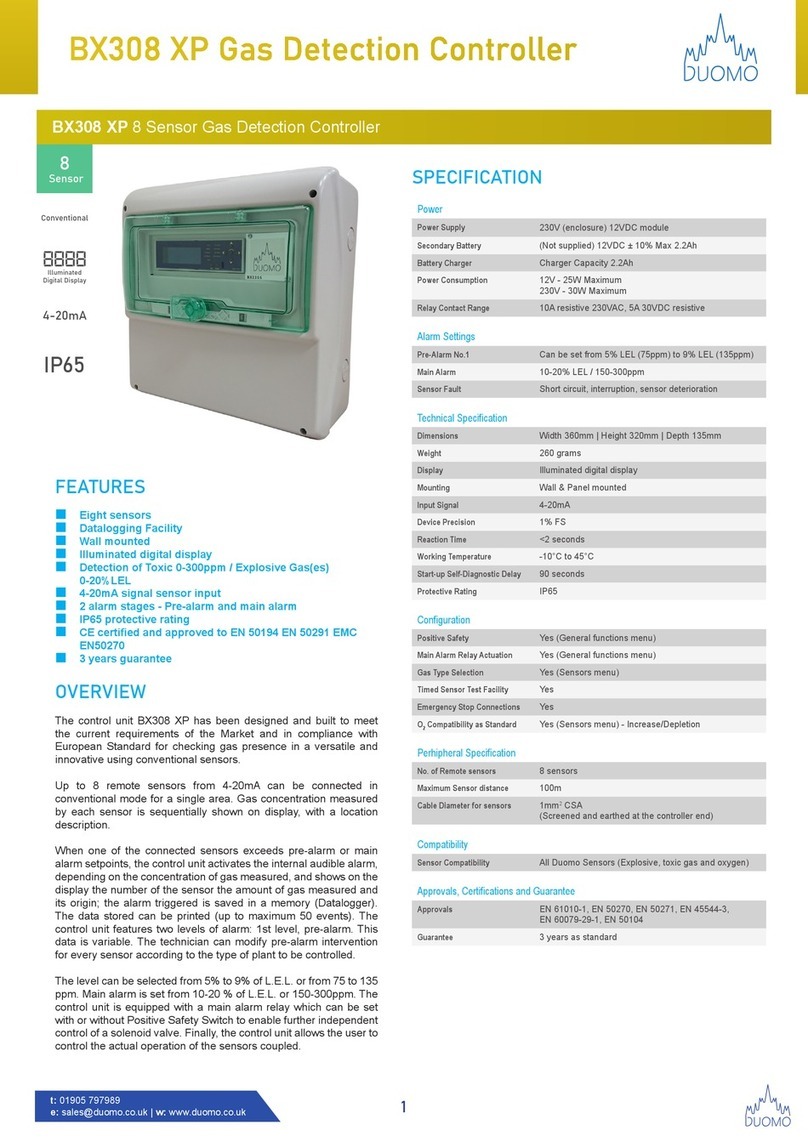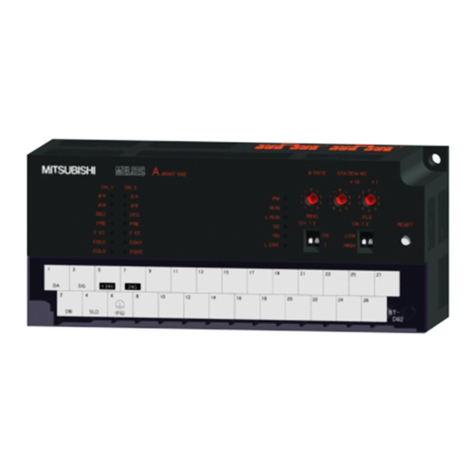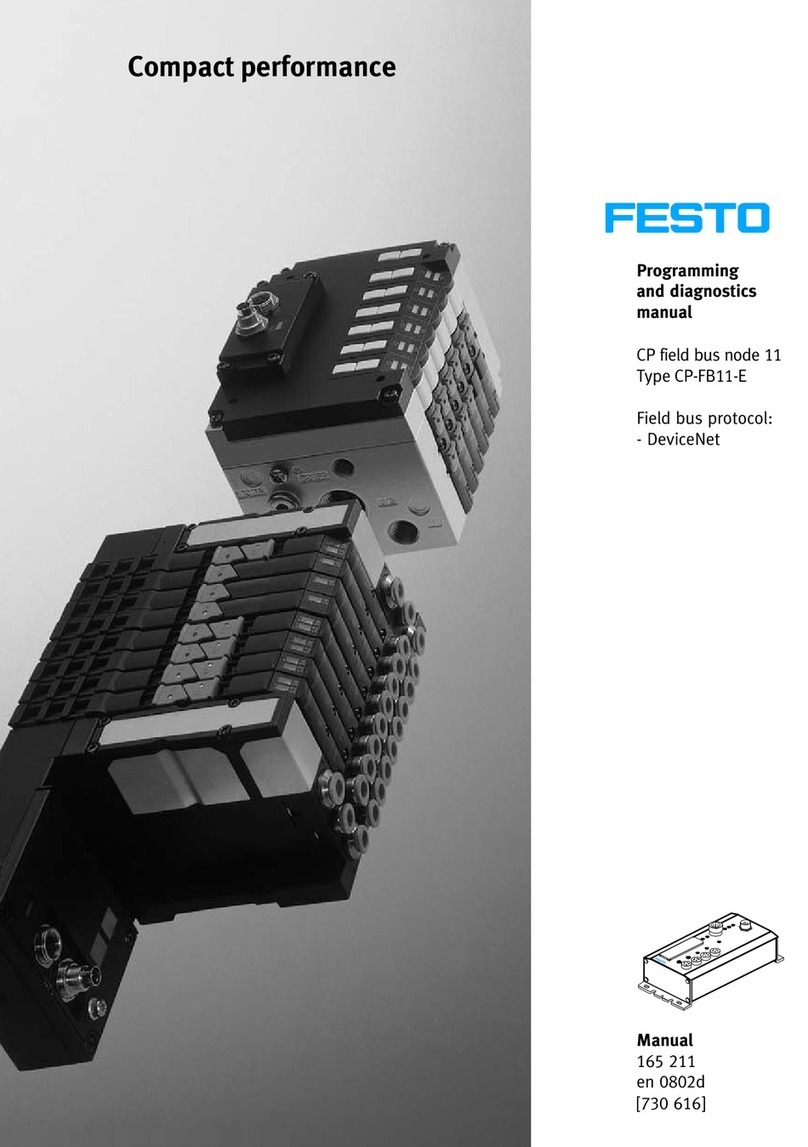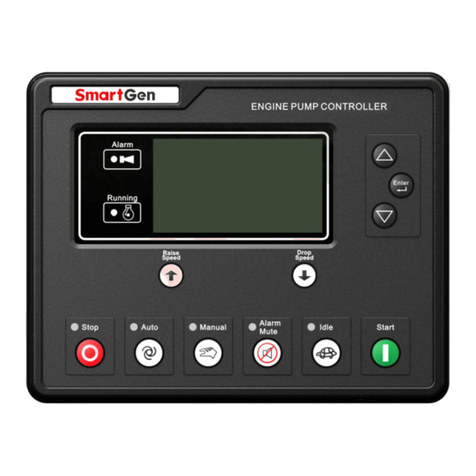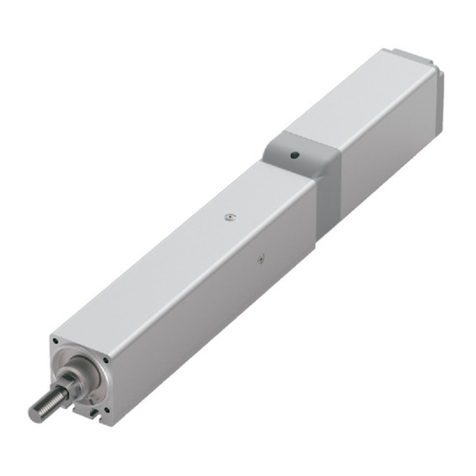MADRIX Nebula User manual

NEBULA
Quick Start Guide & Technical Manual

1EN
MADRIX®NEBULA –
Quick Start Guide & Technical Manual
3rd Edition – September 2017
Thank you for purchasing MADRIX®NEBULA!
Please read this guide carefully and thoroughly before using MADRIX®
NEBULA. Make sure that you fully understand all information.
This MADRIX®NEBULA Quick Start Guide is written in English and German.
(Diese Kurzanleitung wurde in englischer und deutscher Sprache verfasst.)
Developed and made in Germany.
Imprint
inoage GmbH
Wiener Straße 56
01219 Dresden
Germany
Managing Directors: Christian Hertel, Sebastian Pinzer, Sebastian Wissmann
Web www.madrix.com
E-mail [email protected]
Phone +49 351 862 6869 0

EN 2
English
Copyright Information And Disclaimer
© 2017 inoage GmbH. All rights reserved. Information is subject to change at
any time and without prior notice. Errors and omissions excepted. Reproduction,
adaptation, or translation without prior written permission is prohibited.
inoage GmbH does not grant guarantee on validity for a particular reason, the
marketability, or other properties of the product. There is no way to assert a
claim to inoage GmbH, neither in the legal way nor in other ways. inoage GmbH
is not responsible for damages, including all disadvantages that are not just
limited to the loss of sales, but that are caused due to the use of the product,
due to the loss of serviceability of the product, due to misuse, happenings,
circumstances, or actions that inoage GmbH does not have influence on, no
matter if the damages as well as consequential damages are direct or indirect;
whether they are special damages or others, nor if the damage is caused by the
owner of the warranty or a third person.
Trademark Credits
Microsoft®and Windows®are U.S. registered trademarks of Microsoft
Corporation. Art-Net™ – Designed by and Copyright Artistic Licence Holdings
Ltd. All other products mentioned herein may be trademarks of their respective
companies. MADRIX®is a registered trademark of inoage GmbH.
Package Contents
1x MADRIX®NEBULA
1x Set of screw terminals (2x 4-pin and 1x 2-pin)
1x USB 2.0 cable
(certified)
2x Wall-mount brackets
1x Quick start guide
Please note: Check the package contents and the condition of the interface
after unpacking! Contact your supplier if something is missing or damaged. Do
not use the device if it seems to be damaged!

3EN
Safety Instructions And Limited Warranty
Two years of limited manufacturer’s warranty are granted to the purchaser
of this product. Warranty applies to constructional fault, material defect, or
incorrect assembly the manufacturer has caused or is to be held responsible
for. Warranty will be void if the interface is opened, modified, damaged through
inappropriate handling and wrong usage, damaged through overvoltage, or
damaged through any other cause.
Please follow the instructions below to avoid mishandling, damage to the
device, or personal injury:
THE DEVICE WORKS WITH LOW VOLTAGE (DC 5 V – 24 V).
DO NOT USE ANY OTHER VOLTAGE!
Beware that the interface works with electrical power. Only use the
device in dry environments (indoor use). The IP Rating of the device
is IP20. Do not use the interface in humid environments and avoid
contact with water or any other liquids. Turn off the power if you are not using
the device for a long time.
Avoid unwanted voltage on the cables at all times. Do not remove any parts
from the unit or connect to an ungrounded circuit. Do not connect the unit to
LEDs that are switched on. Only connect the unit to LEDs and controllers that
are initially powered off.
There are no user serviceable parts inside or outside the interface. Repair
service lies only within the responsibilities of the manufacturer. If the interface
appears to be defective, please contact your dealer. After expiration of the
warranty period you may contact your supplier or the manufacturer to have the
unit repaired against payment of an individual service fee if possible.
The interface has several ports and slots. Only connect or insert devices,
cables, and connectors to the individual ports and slots using connectors of the
same type as the port. Do not use inapplicable equipment. This device should
be used by professionals. The device is not designed to be operated by non-
professionals or children.
OK
▴
▴
▴
▴
▴
▴
▴
▴
OK
!

EN 4
English
End-Of-Life
This electrical device and its accessories need to be disposed of
properly. Do not throw the device into normal trash or household
waste. Please recycle packaging material whenever possible.
Usage
In general, this device is designed to receive control data over Ethernet
(Art-Net) or USB and convert the data into supported SPI protocols. It is a
hardware interface to be connected towards various types of controllable,
digital LEDs. Do not use the interface for any other, deviating purpose. The
device can be connected to and disconnected from USB or Ethernet network
during use and without a reboot (Hot Swapping & Plug and Play). Multiple
interfaces can be used at the same time.
Technical Specifications
Power supply:
(See pages 7 – 13)
Power consumption:
Data output:
Ports:
Ethernet (Art-Net):
USB port:
Case:
Dimensions:
Weight:
Temperature range:
Relative humidity:
Supported LEDs:
(As of September 2017 –
see www.madrix.com
for the latest information)
DC 5 V – 24 V, A) via 2-pin screw terminal (12 A max.),
B) via 5 V USB, C) via Port 1 or 2 sourced from LEDs;
6 A max. load per port when supplying through to LEDs
< 1.5 W during normal operation (300 mA max.)
8x 512 channels SPI TTL (Maximum output per port:
680 RGB LEDs /512 RGBW LEDs /2048 1-channel LEDs)
2x ports (via 2x 4-pin screw terminals)
RJ45, 10/100 MBit/s (compatible with 1 GBit/s)
USB 2.0, type B plug
Non-conductive, IP20, UL94 V-0 flammability rating,
designed for 35 mm DIN-rails or wall mounting
92 mm x 70 mm x 45 mm (length x width x height)
111 g | 130 g incl. screw terminals and wall mounts
-10 °C to 70 °C (Operating) | -20 °C to 85 °C (Storage)
5 % to 80 %, non-condensing (Operating / Storage)
APA101, APA102, APA104, APA106, GW6201, GW6205, LPD1882S, LPD6803,
LPD8806, MBI6120, P9883, SJ1221, SK6812, SK6822, SM16703, SM16716,
TLS3001, TLS3008, TM1804, TM1809, TM1812, TM1814, TM1829, UCS1903,
UCS512B3, WS2801, WS2803, WS2811, WS2811S, WS2812, WS2812B,
WS2813, WS2815, WS2818, WS2822S, WS2822S Addressing

5EN
IP Address And Other Device Information
You will find the following important information on the side of the device:
• Serial number (‘Serial’)
• Hardware revision (‘Model’)
• Default and preconfigured IP address (‘Default IP’)
(See page 15 to reset the device to the default IP address if needed.)
Using Any 3rd-Party Controller Via Art-Net
MADRIX®NEBULA is a standard Art-Net node. Because of this, you can use
the device with any application, console, or controller that supports Art-Net.
Using The MADRIX®Software
The MADRIX®Software is a professional and advanced LED lighting control tool.
It is recommended to use the MADRIX®Software in order to access all features
of MADRIX®NEBULA, including the USB connection, Art-Net, and Sync Mode.
MADRIX®Minimum System Requirements And
MADRIX®Supported Operating Systems
For the latest information, please check the website www.madrix.com
The minimum system requirements for the MADRIX®Software are as follows.
The optimal system specifications will often be higher.
• 2.0 GHz dual-core CPU, OpenGL 2.1 graphics card (NVIDIA recommended),
2 GB RAM, 1 GB free harddisk space, 1280 x 768 screen resolution,
network card, sound card, USB 2.0
The MADRIX®Software supports the following operating systems:
• Microsoft®Windows®7 | 8 | 8.1 | 10
Please keep the system, drivers,
and updates up to date.
Please note: In order to distribute data via MADRIX®NEBULA using the
MADRIX®Software, a MADRIX®Software license is required (sold separately)!

EN 6
English
Installing The MADRIX®Software And Drivers
Start the installation process for the MADRIX®Software on your operational
computer via CD, USB flash drive, or downloaded software installer. Follow the
on-screen installation instructions as described below.
PLEASE INSTALL THE SOFTWARE AND DRIVERS
BEFORE YOU CONNECT MADRIX®NEBULA TO YOUR PC.
Second, the ‘Welcome’ window appears. Click ‘Next >’ to start the installation.
Third, the ‘License Agreement’ will be shown. It outlines the terms you are
agreeing to when you install the software. You must accept these terms in
order to continue. Please click ‘I Agree’.
First, please choose your preferred language and
confirm with ‘OK’. You may abort the process at any
time by clicking ‘Cancel’.
Fourth, the ‘Choose Components’ window
allows you to select which items you
want to install. A description is given for
each item. The items ‘MADRIX’, ‘MADRIX
KEY Driver’, and ‘MADRIX Interface
Driver’ need to be selected and are the
most important items for operating the
MADRIX®NEBULA. Click ‘Next >’.
Fifth, the section called ‘Destination Folder’ allows you to select the location
on your harddisk where the software will be installed. Please use the button
‘Browse...’ to choose a location and then click ‘Install’.
The installation process may take a few minutes.
Sixth, when the ‘Installation Complete’ window appears, click ‘Next >’.
Seventh, uncheck ‘Run MADRIX’ and then click ‘Finish’ to complete the
installation process.

7EN
Connectivity
1) Power
2) RJ45 Ethernet port,
incl. 2 status LEDs
3) USB port
4) Status LED for Power
5) Status LED for USB
6) Status LED for Port 1
7) Status LED for Port 2
8) Port 1
9) Reset button
10) DIN-rail unlocking clip
11) Port 2
2x Mounting brackets:
GROUND
DATA
CLOCK
V+
GROUND
DATA
CLOCK
V+
11
10
9
8
7
6
5
4
3
2
1
Please note:
The package contents
do not include network
cables, power cables,
or LEDs.

EN 8
English
1) Connecting Your LEDs
See chapter ‘Connection Diagram Variations’ on page 9 for all possible variations.
Step 1) Completely switch off your supply of power before connecting your
LEDs to the device!
Step 2) Connect your LEDs to the provided 4-pin screw terminals:
Step 3) Plug the 4-pin screw terminals into the device. The screws must face
upwards.
Step 4) Supply your LEDs with power (per port or jointly) as per their manual.
Step 5) Continue with the chapter ‘2) Connecting To Power And Data’ below.
2) Connecting To Power And Data
See chapter ‘Connection Diagram Variations’ on page 9 for all possible variations.
Step 1) Be careful when handling the device and electrical power! Completely
switch off your supply of power before connecting to the device!
Step 2) Connect your power cables to the provided 2-pin screw terminal:
Step 3) Plug the 2-pin screw terminal into the device. The screws must face
upwards.
Step 4) Connect to USB or to Ethernet network for data as required.
Step 5) Do not switch on your supply of power until all required power cables
and LEDs are connected to MADRIX®NEBULA.
Step 6) Continue by selecting the required output protocol as described in
chapter ‘3) Configuration (Setting The Output Protocol)’ on page 14.
» The max. recommended wire length between NEBULA and LEDs or between
LEDs depends on the protocol, signal frequency, cables, and cable shielding.
» You may connect only to Port 1, only to Port 2, or to Port 1 and Port 2.
» Pay attention where to connect GROUND, DATA, CLOCK, and V+; as
indicated on the LEDs and the device as well as required by the diagram.
» You may connect 4-pin LEDs as well as 3-pin LEDs without CLOCK.
» Insert each individual wire consecutively and tighten the corresponding
screw with a suitable screw driver.
» Pay attention where to connect + and –; as indicated on the device.
» Insert each individual wire consecutively and tighten the corresponding
screw with a suitable screw driver.

9EN
Connection Diagram Variations
You can connect your LEDs, MADRIX®NEBULA, and data cables in different
ways. The following pages show the different variations as connection diagrams.
These schemes are to be seen independently of the direction, position, and
mounting method. Variation A1 to Variation D refer to the data connection over
Art-Net. Variation X1 to Variation Z refer to the data connection over USB.
Please see page 7 and page 8 for further information.
SUPPLY POWER TO NEBULA ONLY ONCE! DO NOT CONNECT V+
MULTIPLE TIMES BY CONNECTING IT VIA PORT 1/2 AND POWER.
Legend
Connection required for GROUND / DATA.
Connection possible for CLOCK if needed.
Connection required for V+.
Represents single LEDs or multiple LED stripes / LED strips
/ LED tape up to the maximum possible amount per port.
Represents as many power supplies as needed for the
amount of your LEDs. May represent a joint power supply
for several LED tapes or may represent several, seperate
power supplies for several LED tapes and ports. Please
mind the correct supply of power for your LEDs and their
correct direction as per their user manual!
How To Connect Multiple LEDs
When your power supply provides power for multiple LED stripes, for example:
When your power supply only provides power for 1 LED stripe, for example:
Power
Supply
Connection
To NEBULA
GROUND
V+
Power
Supply
Connection
To NEBULA
Power
Supply
Power
Supply
GROUND
V+

EN 10
English
Variation A1 – Port 1 or 2
Description: Power is supplied only once. It is supplied to NEBULA with 12 A max. and routed
through to the LEDs, which are connected only to Port 1 or only to Port 2 via GROUND, DATA,
possibly CLOCK, and V+ with 6 A max. load for the port.
Variation B1 – Port 1 or 2
Description: Power is supplied to NEBULA and supplied separately to the LEDs (as required). The
LEDs are connected only to Port 1 or only to Port 2 via GROUND, DATA, and possibly CLOCK, but
not via V+!
Variation C1 – Port 1 or 2
Description: Power is supplied only once. It is supplied to the LEDs (as required). The LEDs are
connected only to Port 1 or only to Port 2 via GROUND, DATA, possibly CLOCK, and V+. This
variation is suitable for LEDs that use > 9 V, due to the expected voltage drop over the length.
Alternative: Position the power supply between LEDs and NEBULA for LEDs with 5 V power supply.
Art-Net

11 EN
Variation A2
Description: Power is supplied only once. It is supplied to NEBULA with 12 A max. and routed
through to all LEDs, which are connected to Port 1 and to Port 2 via GROUND, DATA, possibly
CLOCK, and V+ with 6 A max. load for each port.
Variation C2
Description: Power is supplied to both LEDs (as required). LEDs are connected to both ports via
GROUND, DATA, possibly CLOCK, but only once via V+! This variation is suitable for LEDs that use
> 9 V, due to the expected voltage drop over the length.
Alternative: Position the power supply between LEDs and NEBULA for LEDs with 5 V power supply.
Variation B2
Description: Power is supplied to NEBULA and supplied separately to the LEDs (as
required). LEDs are connected to both ports via GROUND, DATA, and possibly CLOCK,
but not via V+!

EN 12
English
Variation D
Description: Power is supplied only once and it is only supplied to the first LEDs (as required)!
LEDs are connected to both ports via GROUND, DATA, possibly CLOCK, and V+ (6 A max.). This
variation is recommended for LEDs that use > 9 V, due to the expected voltage drop.
Alternative: Position the power supply between LEDs and NEBULA for LEDs with 5 V power supply.
Variation X1 – Port 1 or 2
Description: Power is supplied only once. It is supplied to NEBULA with 12 A max. and routed
through to the LEDs, which are connected only to Port 1 or only to Port 2 via GROUND, DATA,
possibly CLOCK, and V+ with 6 A max. load for the port.
Variation Y1 – Port 1 or 2
Description: Power is supplied to NEBULA over USB and supplied separately to the LEDs (as
required). The LEDs are connected only to Port 1 or only to Port 2 via GROUND, DATA, and possibly
CLOCK, but not via V+!
USB

13 EN
Variation Y2
Description: Power is supplied to NEBULA over USB and supplied separately to the LEDs
(as required). LEDs are connected to both ports via GROUND, DATA, and possibly CLOCK,
but not via V+!
Variation X2
Description: Power is supplied only once. It is supplied to NEBULA with 12 A max. and routed
through to all LEDs, which are connected to both ports via GROUND, DATA, possibly CLOCK, and
V+ with 6 A max. load for each port.
Variation Z
Description: Power is supplied only once and it is only supplied to the first LEDs (as required)!
LEDs are connected to both ports via GROUND, DATA, possibly CLOCK, and V+ (6 A max.).
This variation is recommended for LEDs that use > 9 V, due to the expected voltage drop.
Alternative: Position the power supply between LEDs and NEBULA for LEDs with 5 V power supply.

EN 14
English
Web Configuration Through A Web Browser
Step 1) Connect MADRIX®NEBULA and your computer to the same network.
Step 2) Assign correct network settings in the Windows operating system.
(Recommended: IP address 10.0.0.1 / Subnet mask 255.0.0.0)
Step 3) Open your web browser and enter the IP address of MADRIX®NEBULA.
(You can find the default IP address on the side of the NEBULA device.)
Step 4) The built-in web configuration tool will be launched. Go to
‘Output Settings’ à‘Output Protocol’ and choose the LEDs your are
using for ‘Port 1’ and ‘Port 2’. Apply changes with ‘Set’.
Step 5) Change any other settings as required. Apply changes with ‘Set’.
MADRIX Device Configuration In MADRIX®
Step 1) Connect MADRIX®NEBULA to your computer via USB or via Ethernet.
Step 2a) For the USB connection, Microsoft®Windows®will install the
interface drivers automatically. When ready, the status LED for
USB will fade between red and green; as described on page 15. Start
the MADRIX®Software and enable USB drivers. Go to ‘Preferences’
à‘Options…’ àtab ‘Devices USB’. Activate ‘MADRIX NEBULA’ and
click ‘OK’. (The driver is activated by default.)
Step 2b) For the Ethernet connection, enable network drivers in MADRIX®.
Go to ‘Preferences’ à‘Options…’ àtab ‘Devices Network’.
Activate ‘Enable LUNA / NEBULA / PLEXUS / STELLA’ and click ‘OK’.
(The driver is activated by default.)
Step 3) In MADRIX®, go to ‘Tools...’ à‘MADRIX Device Configuration...’. A
new window will open. Click on the search button (loupe
icon) and it will search for connected devices. Select your device in
the list and click on the configuration button (gear wheel icon).
Step 4) Go to ‘Port Output Settings’ and choose the LEDs your are using for
‘Port 1’ and ‘Port 2’. Apply changes with ‘Set’.
Step 5) Change any other settings as required. Apply changes with ‘Set’.
3) Configuration (Setting The Output Protocol)
You can access and change specific device settings, including the SPI protocol,
the IP address, and the number of channels sent per universe, in different ways.
Please note: In order to put MADRIX®NEBULA fully into operation, please
set the correct output protocol according to the LEDs you have connected.

15 EN
Description Of Status LED Codes
STATUS STATUS LED POWER
Powered off
Power not connected. The device has no power.
Permanently green Connected to power. The power is on.
Blinking green Bootloader activated. Reset the device (see below).
STATUS STATUS LED USB
Powered off
USB not connected.
Red +
blinking green
Communicating over USB.
Sending or receiving data over USB. The USB port works.
Fading between
red + green
Connected to USB; Drivers installed correctly.
No data is sent over USB.
Orange Connected to USB; No drivers installed.
Reinstall software and drivers or try a different USB port.
STATUS STATUS LED PORT 1 STATUS LED PORT 2
Powered off
No data is sent. No data is sent.
Blinking green Sending data to Port 1.
The output port works.
Sending data to Port 2.
The output port works.
STATUS STATUS LED ETHERNET
Green off 10 MBit/s connected.
Green on 100 MBit/s connected.
Orange on Network connected.
Orange blinking Sending or receiving data. The Ethernet port works.
Reset To Factory Default Settings
In rare cases, you might need to do a reset to factory default settings:
Step 1) Disconnect all connections from the device (power, data, LEDs).
Step 2) Use a suitable tool to press the reset button (between Port 1 and 2).
Step 3) Continue to press the reset button and supply power again over
‘Power’ or USB.
Step 4) Continue to press the reset button and wait until all status LEDs
of the device flash repeatedly or wait 10 seconds.
Please note: Simply repeat these steps should the process fail.

EN 16
English
How To Install On DIN-Rails
Mounting (Pictured Left)
Step 1) Hook the device in an angle onto the upper
edge of the rail.
Step 2) Pull the unlocking clip.
Step 3) Press the lower part of the device against
the rail and let the clip snap into position.
Unmounting (Pictured Right)
Step 1) Pull the unlocking clip.
Step 2) Lift the lower part of the device from the
rail in an angle.
Step 3) Lift the device from the rail.
Using The MADRIX®Software And USB
You can connect MADRIX®NEBULA directly over USB to the computer that
runs the MADRIX®Software. Data is distributed to MADRIX®NEBULA via USB
cabling and sent to the output ports (Port 1 and Port 2):
Step 1) Put MADRIX®NEBULA into operation by connecting the LEDs,
supplying power, and setting the output protocol; as described above.
Step 2) Connect MADRIX®NEBULA to a free USB 2.0 port of your computer
using the provided USB cable.
Step 3) Enable USB drivers in MADRIX®. Go to ‘Preferences...’ à‘Options…’
àtab ‘Devices USB’. Activate ‘MADRIX NEBULA’ and click ‘OK’.
Step 4) Configure the output. Go to ‘Preferences...’ à‘Device Manager...’
àtab ‘DMX Devices’. Activate ‘Enable’ for each required output port.
Step 5) Configure your virtual LED matrix using ‘Preferences...’
à‘Matrix Generator...’ or à‘Patch Editor...’.
For more information, please read the MADRIX®user manual.

17 EN
Using The MADRIX®Software And Art-Net
You can connect MADRIX®NEBULA over Ethernet network to the network card
of the computer that runs the MADRIX®Software. Data is distributed to the
device over network cabling and sent to the output ports (Port 1 and Port 2).
Follow these quick steps to configure Art-Net in the MADRIX®Software:
Step 1) Put MADRIX®NEBULA into operation by connecting the LEDs,
supplying power, and setting the output protocol; as described above.
Step 2) Connect NEBULA to your computer using Ethernet network cabling.
Step 3) Assign correct network settings for your PC in the Windows operating
system. (Recommended default settings:
IP address 10.0.0.1 / Subnet mask 255.0.0.0)
Step 4) Start the MADRIX®Software and go to ‘Preferences...’ à‘Device
Manager...’ àtab ‘Art-Net’ and activate ‘Enable’. Click on the
search button (loupe icon) and the device appears in the list.
Step 5) Go to ‘Preferences...’ à‘Device Manager...’ àtab ‘DMX Devices’
to configure the output. Activate ‘Enable’ for each required output
port in the section ‘Settings’.
Step 6) Configure your virtual LED matrix using ‘Preferences...’
à‘Matrix Generator...’ or à‘Patch Editor...’.
For more information, please read the MADRIX®user manual.
How To Update The Firmware
It is highly recommended to update the firmware of MADRIX®NEBULA should a
new firmware version become available. You can do so in different ways. Follow
these quick steps to update the firmware in the MADRIX®Software over USB:
Step 1) Connect MADRIX®NEBULA to your computer over USB.
Step 2) Start the MADRIX®Software.
Step 3) In the MADRIX®Software, go to ‘Tools...’ à‘MADRIX Device
Configuration...’. A new window will open. Click on the search button
(loupe icon) and the software will search for connected devices.
Select your device in the list, click on the ‘Firmware’ button, and
follow any instructions.
For more information, please read the MADRIX®user manual.

EN 18
English
Updates And Further Information
Digital documentation files are automatically installed with MADRIX®. More
information about the software and how to connect MADRIX®NEBULA is
provided in the MADRIX®Help And Manual. You can access this user manual
by pressing ‘F1’ on your keyboard while using the MADRIX®Software, by
navigating to the menu ‘Help’ à‘User Manual…’, or online at help.madrix.com
The latest quick start guide and MADRIX®Software, including drivers, firmware
updates, and documentation, are available from www.madrix.com
Support
In case of further questions concerning handling of MADRIX®NEBULA or
technical problems, please read the MADRIX®Help And Manual first, contact
your dealer, or have a look at the website www.madrix.com
CE And RoHS Declaration Of Conformity
The device complies with the requirements set forth in
the council Directive of the law of the Member States
relating to electromagnetic compatibility (2014/30/EU), the Low Voltage
Directive (2014/35/EU), and the Directive on the restriction of the use of
certain hazardous substances in electrical and electronic equipment (2011/65/
EU) (RoHS). Compliance with these has been evaluated in acc. with the following
standards: DIN EN 55011 (2009) + A1 (2010), DIN EN 55015 (2013), DIN
EN 55024 (2010), DIN EN 61000-4-2 (2009), DIN EN 61000-4-3 (2006) +
A1 (2008), DIN EN 61000-4-4 (2013), DIN EN 61000-4-6 (2014).
FCC Declaration Of Conformity
The device has passed the following tests of compliance:
FCC (2003) - Title 47, Part 15, class A, Radio frequency devices.
This device complies with part 15 of the FCC Rules. Operation is subject
to the following two conditions: (1) This device may not cause harmful
interference, and (2) this device must accept any interference received,
including interference that may cause undesired operation.
RoHS
compliant

19 EN
Frequently Asked Questions (FAQs)
What do the blinking LEDs on the device mean?
Please read the chapter ‘Description Of Status LED Codes’ on page 15.
How can I change the IP address?
You can use the built-in web configuration tool as described on page 14.
The current IP address cannot be reached. What can I do?
You could perform a reset to factory default settings as described on page 15.
Does the device support RDM?
No. RDM is not supported by MADRIX®NEBULA at this time.
Is it possible to use more than one MADRIX®NEBULA?
Yes. Art-Net is recommended for large projects by connecting multiple devices
to a switch (1 GBit/s) via suitable components to create a network.
Where do I activate the Sync Mode?
You can activate it in the MADRIX®Software under ‘Preferences...’ à
‘Device Manager...’ àtab ‘Art-Net’.
Where can I find the latest firmware update?
The latest MADRIX®Software also includes the latest firmware (see p. 18).
Can I use other controllers apart from MADRIX®to control LEDs?
Yes. When using MADRIX®NEBULA as a standard Art-Net node, you can use
it in combination with other software applications, consoles, and controllers.
Do I need a MADRIX®NEBULA and a MADRIX®KEY?
If you want to use the MADRIX®Software, yes. The MADRIX®Software license
is necessary and sold separately.
Can I repair MADRIX®NEBULA myself?
No. Do not attempt any repairs. Any attempt will void your warranty (see p. 3)!
What can I do if my unit does not work anymore?
Please contact your dealer or supplier if the device seems to be defective.
Other manuals for Nebula
3
Table of contents
Languages:
Other MADRIX Controllers manuals
Popular Controllers manuals by other brands
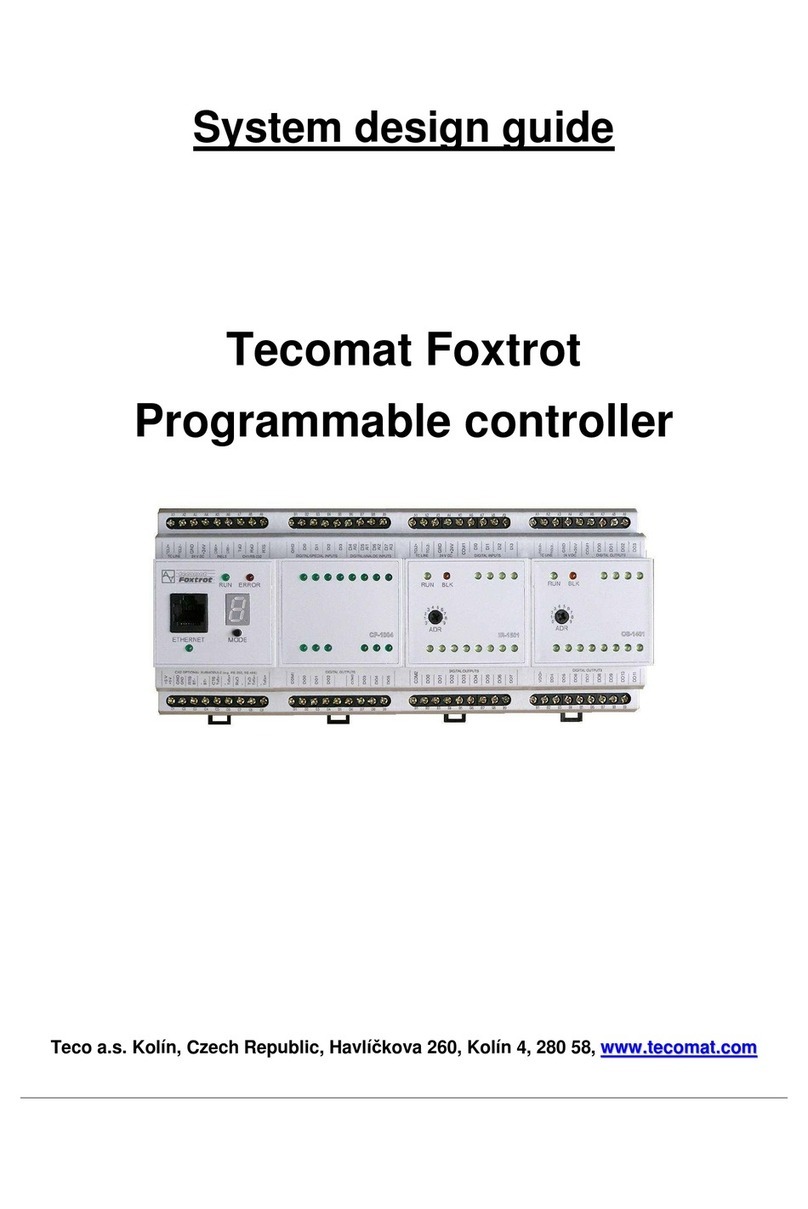
TECO
TECO Tecomat Foxtrot CP-1004 System design guide
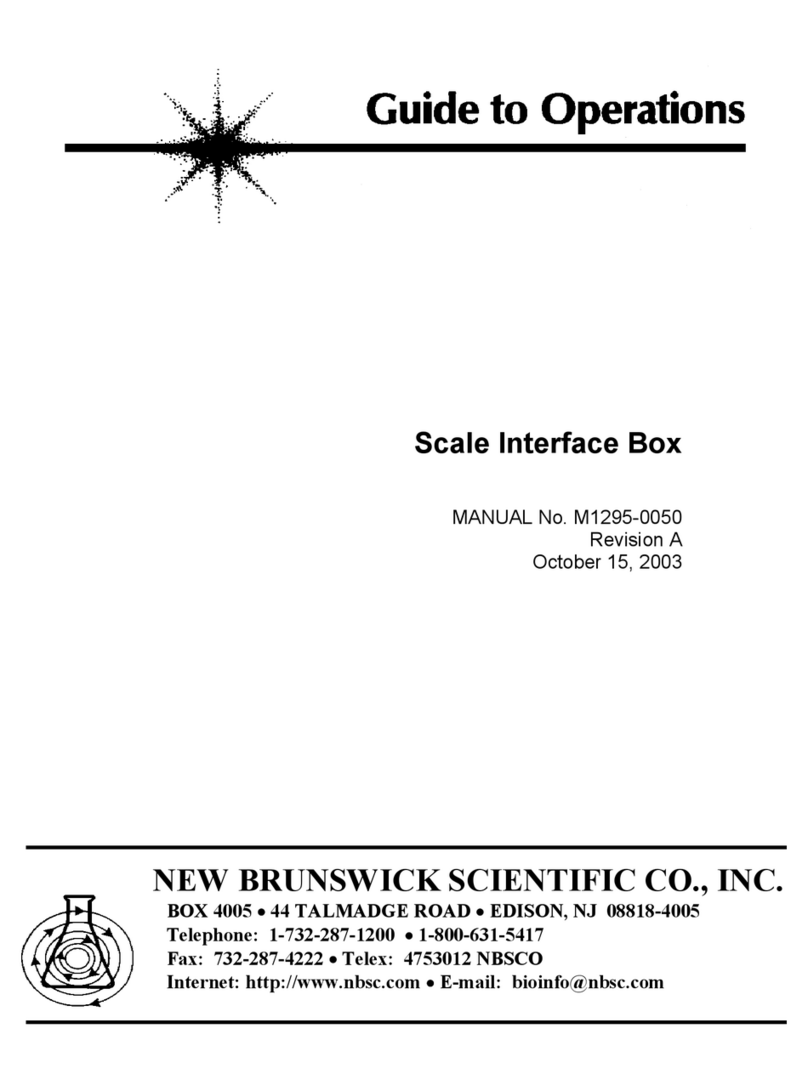
NEW BRUNSWICK SCIENTIFIC
NEW BRUNSWICK SCIENTIFIC Scale Interface Box Guide to operations

Toshiba
Toshiba V Series user manual
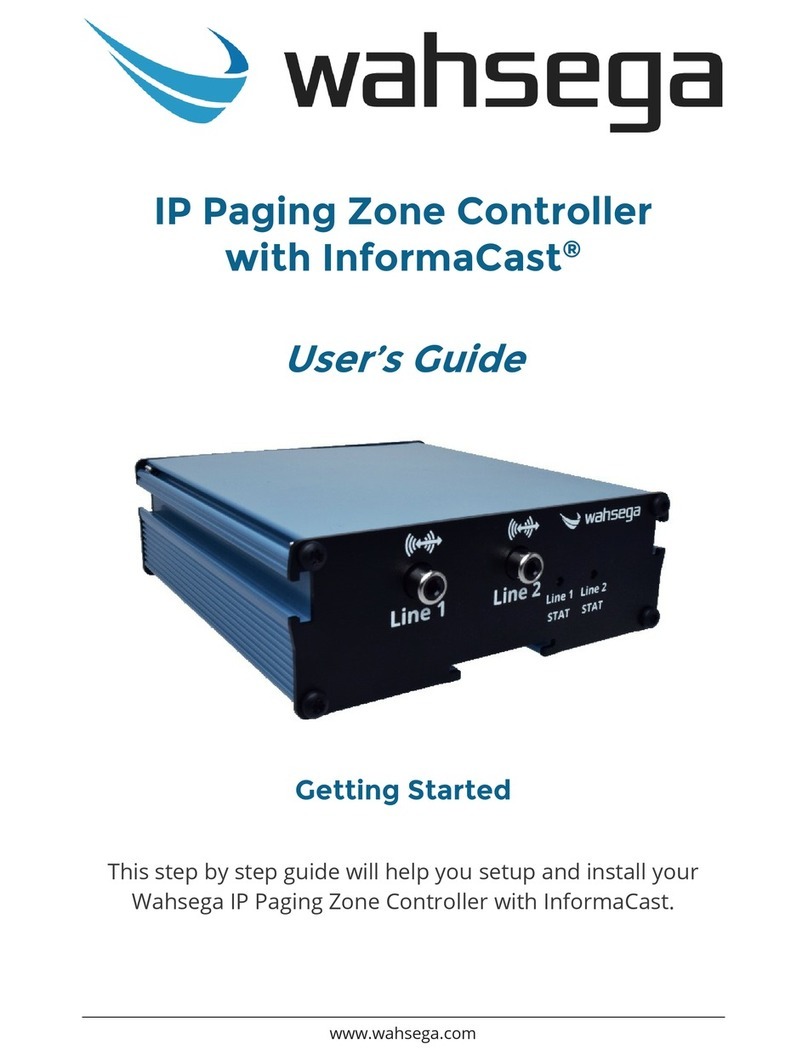
Wahsega
Wahsega InformaCast user guide
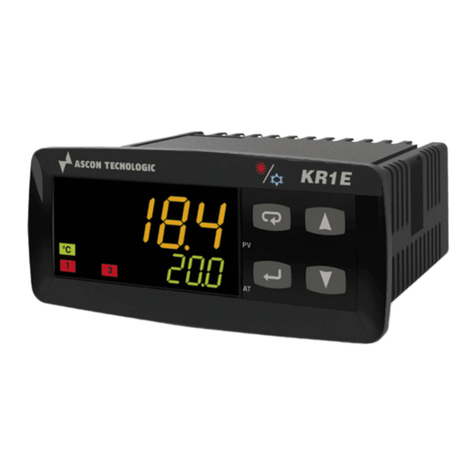
Ascon tecnologic
Ascon tecnologic KR1E quick start guide

JOSTechnik
JOSTechnik HK2 Original operating instructions

